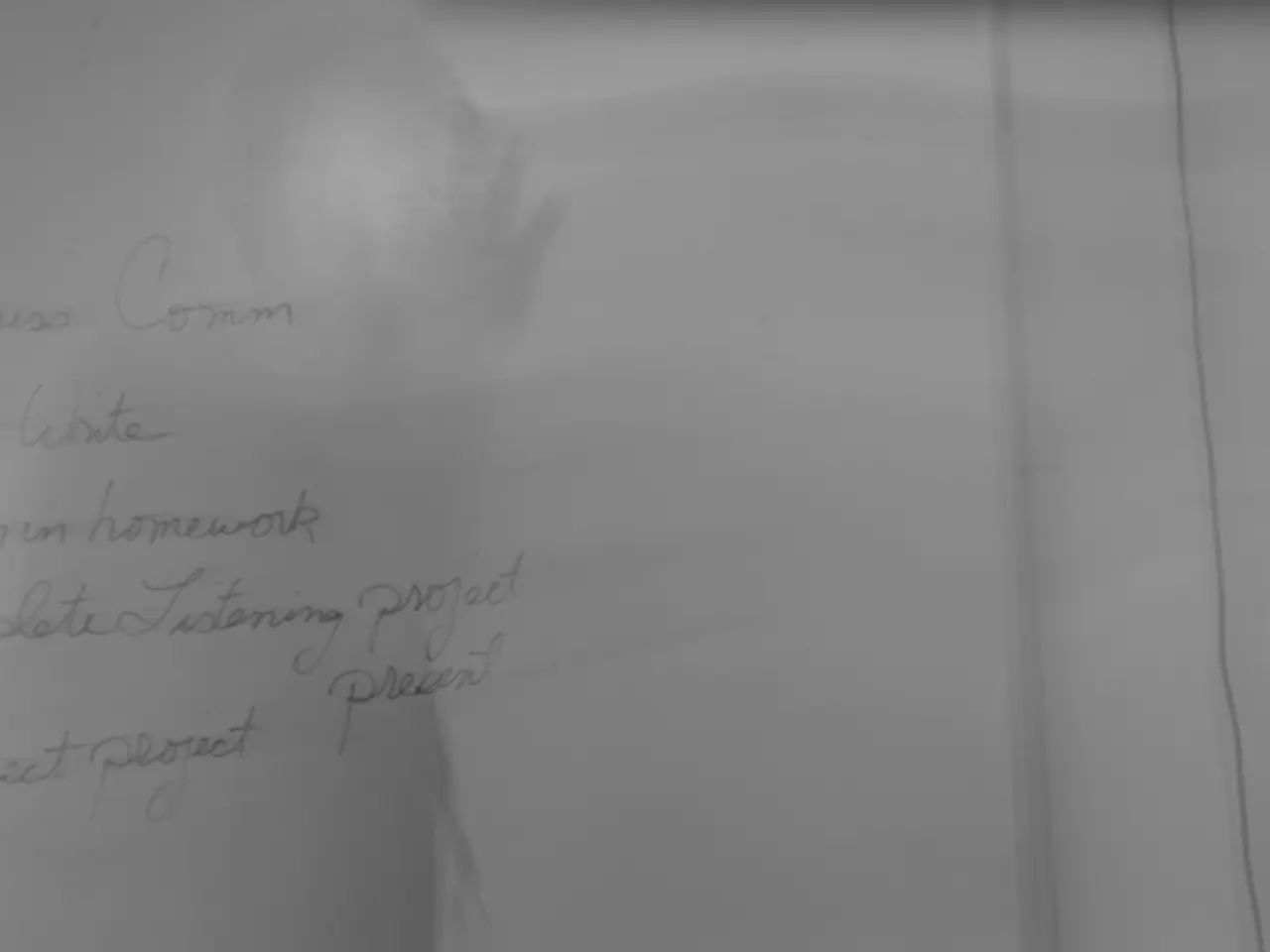Economy of United States Expands by 3.0% in Second Quarter - Economic growth in the U.S. surges by 3.0 percent during the second quarter, attributable to Trump's tariffs policy
The U.S. economy experienced a significant rebound in the second quarter of the year, growing by 3.0 percent. However, a closer look at the data reveals that this growth might be attributed to a decrease in imports, which could be a result of the tariffs implemented as part of Trump's trade policy.
The Commerce Department highlighted that the increase in real GDP in the second quarter was due to a decrease in imports. This trend may have been caused by the tariffs, which led to a decrease in imports and, consequently, a boost in domestic production.
However, the tariffs might have had a negative impact on the economy in the first quarter. Many US companies brought in imports in anticipation of the tariffs, which may have contributed to the shrinkage in the first quarter. Experts attributed the shrinkage to "brakes" due to Trump's trade policy.
In response to the economic growth, Trump appealed to the Federal Reserve and its chairman, Jerome Powell, to lower the interest rate. Trump urged the Federal Reserve to lower the interest rate to encourage borrowing and home refinancing.
The Fed, however, has justified its restraint due to risks from Trump's trade policy. The central bank warns of significantly rising consumer prices and higher unemployment figures. Most experts expect the central bank to keep the interest rate unchanged in the range between 4.25 and 4.5 percent.
Jerome Powell's response as Federal Reserve Chair was cautious. While the Fed was expected to hold short-term interest rates steady after July 2025, Powell faced pressure from Trump to lower rates quickly. Trump publicly criticized Powell’s pacing, urging immediate rate cuts to support economic activity.
It's important to note that the tariffs announced in April were a part of Trump's trade policy. However, the impact of these tariffs on the U.S. economy is not limited to the short term. According to economic models, Trump's tariffs led to a reduction in U.S. real GDP growth by about 0.5 percentage points each year in 2025 and 2026, and in the long run, the U.S. economy is estimated to be persistently 0.4% smaller due to tariff policies in 2025.
The labor market was also negatively affected, with unemployment rising by 0.4 percentage points in 2025 and payroll employment falling by 500,000 jobs. Sectoral shifts were also observed, with manufacturing output increasing by 2%, but other sectors like construction shrank by 3.6% and agriculture by 0.8%.
The Federal Reserve is based in Washington, and Jerome Powell will announce the interest rate decision on Wednesday afternoon following two days of consultations. As of now, the US president is Donald Trump. Trump had previously demanded a three-percentage-point cut in interest rates and had threatened Powell with dismissal.
Joe Biden’s response to the tariffs is less explicitly detailed in the search results, but as of July 2025, Biden was no longer President (having been succeeded by Trump for the 2025-2028 term). Earlier Biden administration data showed slower GDP growth compared to Trump’s reported figures, but without specific policy reaction details in the provided results for tariffs under Trump.
In summary, Trump's tariffs had a broadly negative modeled impact on long-term GDP and employment, though short-term GDP growth saw some positive momentum. Jerome Powell maintained a cautious monetary policy under political pressure.
- The tariffs implemented as part of Trump's trade policy, such as those announced in April, have the potential to affect the U.S. economy beyond the short term, with economic models suggesting a reduction of 0.5 percentage points in U.S. real GDP growth each year in 2025 and 2026, and a persistent 0.4% smaller economy in the long run due to tariff policies in 2025.
- In response to the economic growth and in an effort to encourage borrowing and home refinancing, Trump appealed to the Federal Reserve, particularly its chairman, Jerome Powell, to lower the interest rate.
- Despite the pressure from Trump to lower the interest rate, immediately, Jerome Powell, as Federal Reserve Chair, maintained a cautious monetary policy due to the risks from Trump's trade policy, with concerns about significantly rising consumer prices and higher unemployment figures.




